For a series that was supposed to end with its very first game, Final Fantasy has defied all expectations. Now, the games have expanded into a multi-million dollar franchise that continues to captivate audiences globally.
In total, there are 16 games in the Final Fantasy series, and they’re relatively easy to keep track of since each one is merely denoted by their number—though you’ll need to be an expert at Roman numerals to read the titles.
We’ve compiled a list of every numbered Final Fantasy entry to make things a little easier. Note that we won’t be including sequels on this list, even if they include a number in the title or any of the enormous number of spin-offs the franchise has seen over the years.
Thanks to the huge number of titles in the series, it can be difficult to know where to start or how they all differ. Most of the games don’t include common characters, so it’s possible to start just about anywhere on the list and experience a complete story.
Final Fantasy (1987)
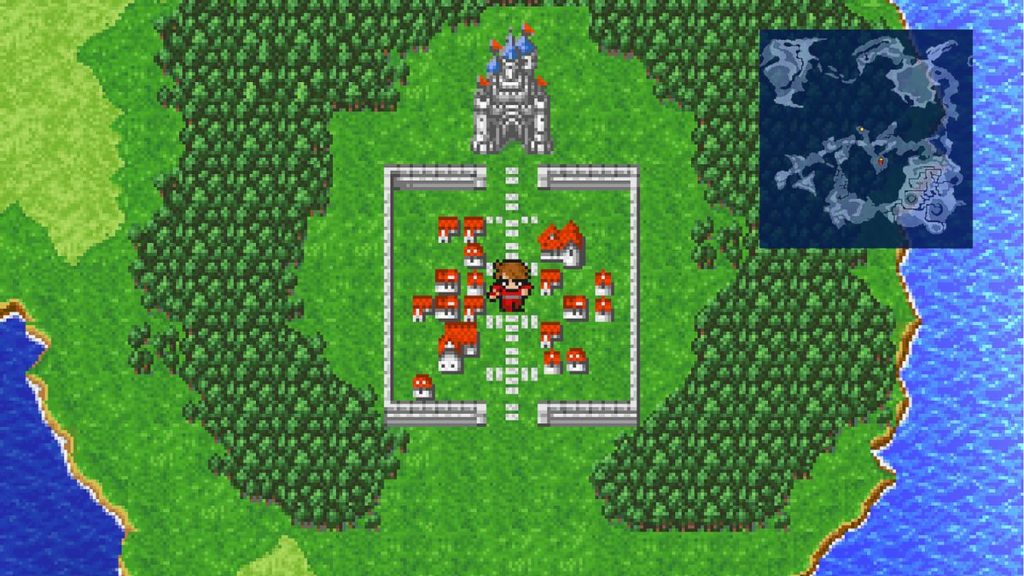
The game that started it all, creator Hironobu Sakaguchi intended 1987’s Final Fantasy to be his very last game before quitting game development altogether. Released in Japan first and in the U.S. in 1990, Final Fantasy helped introduce the West to the trappings of JRPGs. As far as its story and mechanics go, it’s pretty standard fantasy fare: four Warriors of Light—a recurring character trope in the series—must defeat evil monsters in turn-based battles to save the world.
It features the first appearance of many commonplace Final Fantasy characteristics, like classes and crystals. While the original Final Fantasy hasn’t aged particularly well, the game is available to buy on Steam if you’re interested in seeing where the franchise truly began.
Final Fantasy II, (1988)

Final Fantasy II was released only a year after its predecessor in Japan, and as a result, the two games look very similar. The franchise’s second installment removed the level system and instead displayed party members’ power potential via stats.
It also featured the first appearance of Chocobos, the adorable yellow birds that have become a series staple, and Cid, a character whose name would be re-used in just about every subsequent Final Fantasy game. It features the usual story of a maniacal villain trying to take over the world.
Final Fantasy III (1990)
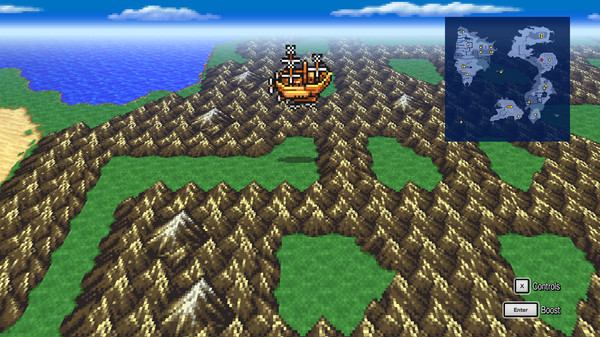
Final Fantasy III looks dramatically different from its two-pixel predecessors. This is because while the game was originally released on the NES in Japan in 1990, it didn’t see the light of day in the U.S. until it received a 3D remake on the Nintendo DS in 2006. However, the game is available as a pixel remaster to buy on PC via Steam.
Final Fantasy III introduced the job system, which gave a more defined purpose to mages and fighters from previous games and allowed players to switch character classes at any time, a mechanic that transferred into later games. It’s also known as the origin of the adorable Onion Knight class.
Final Fantasy IV (1991)
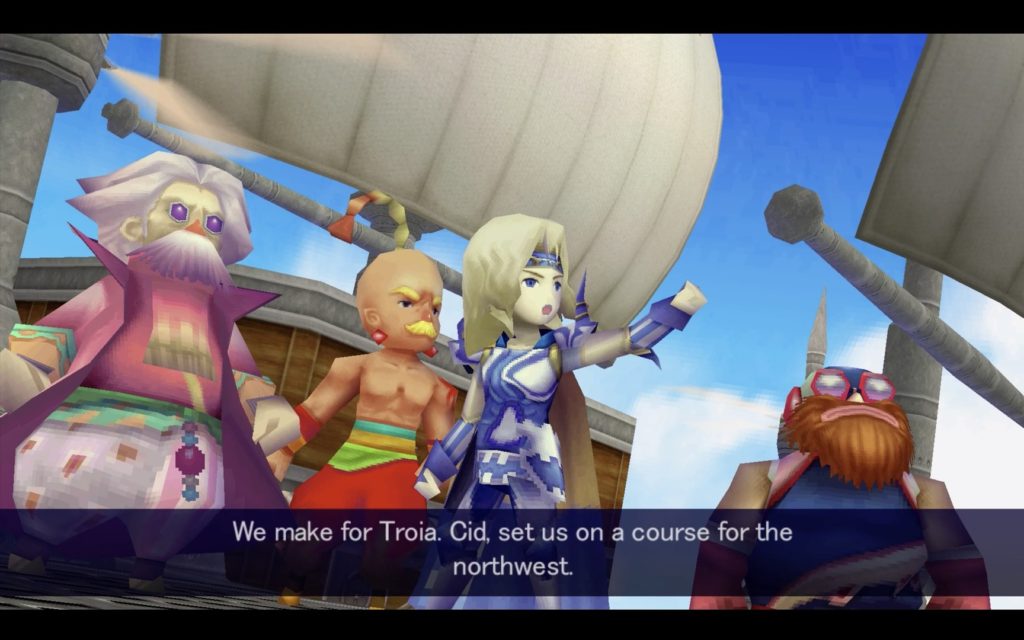
Final Fantasy IV is the first of the Final Fantasy games to feature unique, multifaceted characters and a compelling linear story. First released on the SNES and Super Famicom, the game has seen numerous re-releases over the years, from a 3D edition on the Nintendo DS like III (which the above screenshot is taken from) to a pixel remaster on Steam that preserves the original graphics.
The game’s story features Cecil, an ousted captain of the guard who sets off to save the world with a motley cast of friends and allies. Final Fantasy IV has a significant difficulty curve, like many of the older Final Fantasy games, but it’s worth playing for the story.
Final Fantasy V (1992)
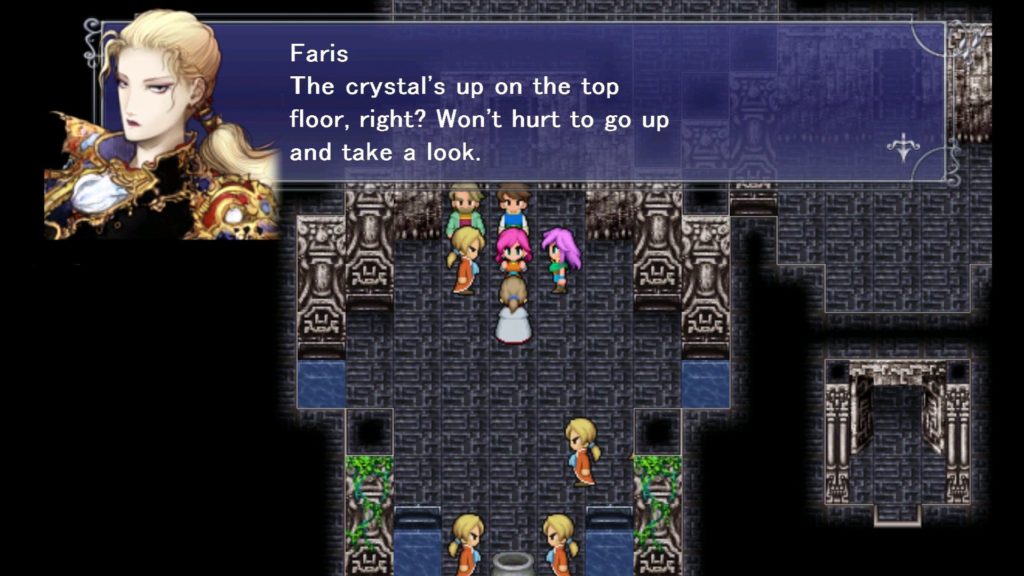
No one envies Final Fantasy V, a somewhat lost entry in the series stuck between IV and VI, two of the franchise’s most famous games and some of the best JRPGs ever released. Final Fantasy V was first released on the Super Famicom.
Despite not being as famous as its surrounding members, Final Fantasy V is a fine example of a series staple, including Active Time Battle combat, the job system, and plenty of crystals. Its story might not be as epic as that of VI, but it scratches the fantasy itch nonetheless.
Final Fantasy VI (1994)

Final Fantasy VI is widely considered to be one of the best RPGs ever made. It stands next to Chrono Trigger as an example of Square Enix at its finest: engaging combat, a dramatic story, and fascinating characters. Even the original SNES version still stands up today, though the game has been ported and re-released many times to various consoles.
As one of the games in the Final Fantasy franchise with the most dedicated cult following, you’ll always be able to find other players enamored with this title despite its age.
Final Fantasy VII (1997)

Though Final Fantasy VI is arguably the best game in the series in terms of the story, Final Fantasy VII is the best-selling and probably most well-known. The story introduced iconic characters Cloud Strife, Sephiroth, and Tifa, and gave fans a serious yet silly story to experience. It also brought the series into glorious 3D on the PlayStation for the very first time, letting players view the towers and machines of the Shinra Corporation like never before.
The long-awaited remake sold over 3.5 million copies in its first three days, and characters introduced in FFVII still make their way around into other games regularly, like Super Smash Bros: Ultimate and even the 2024 collaboration with Apex Legends.
Final Fantasy VIII (1999)
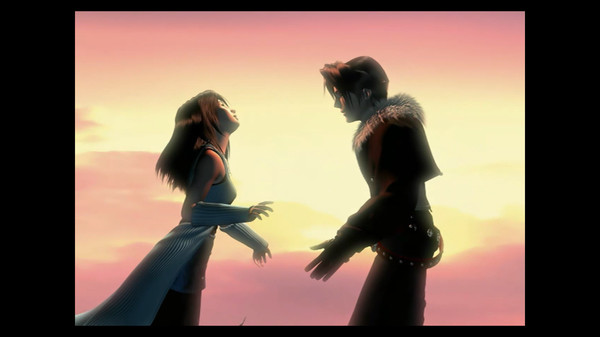
Like V, Final Fantasy VIII often gets forgotten thanks to its proximity to the legendary VII. The game takes a few conventions from previous titles, like the Active Time Battle system and some very spiky-haired protagonists, but it also stands out thanks to its more real-world setting and dialogue.
At this point, Final Fantasy was moving away from the pure fantasy world of its earlier titles and finding its own niche somewhere between the fantastic and the real. VIII received a remake that dramatically increased its graphical prowess from the original released on PlayStation.
Final Fantasy IX (2000)
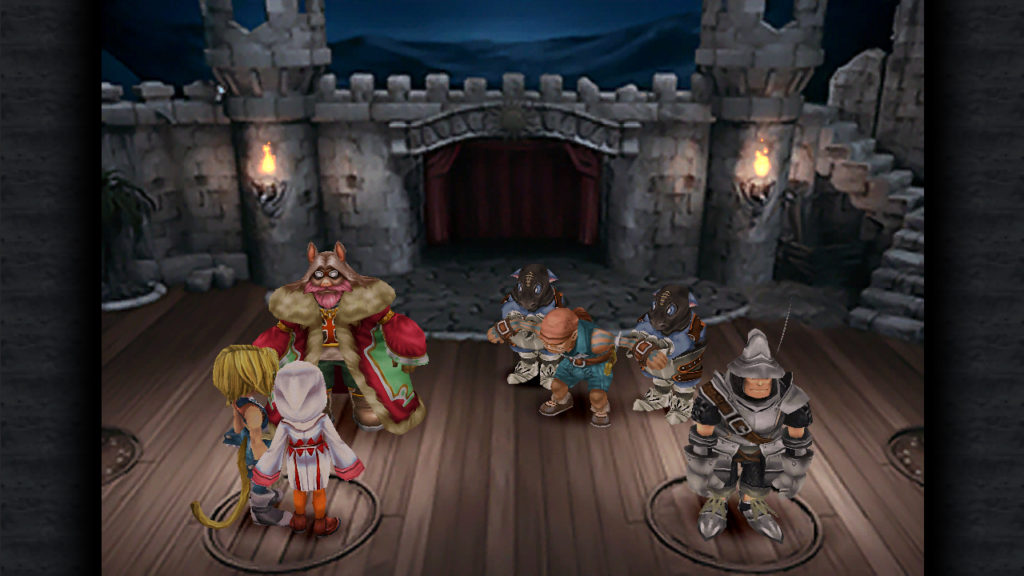
Final Fantasy IX marks a return to classic form after some experimentation in VIII. The game featured plenty of classic Final Fantasy iconography and tropes, as well as a pure fantasy setting and a more fantastic story, departing from what was built in the game’s predecessor.
Final Fantasy IX was announced at the same time as Final Fantasy X and Final Fantasy XI with the intent of giving players a variety of experiences to choose from. As such, IX is the last of the truly “old-fashioned” Final Fantasy titles. It was released on the PlayStation in 2000.
Final Fantasy X (2001)
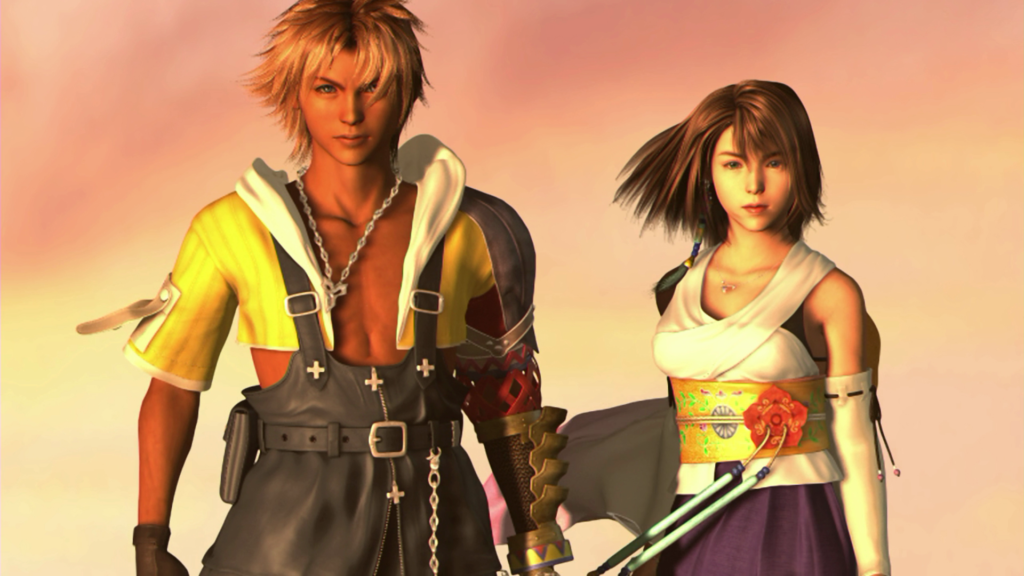
Final Fantasy X continued the more realistic trend started by VII and VIII: a more modern setting, gameplay updates, and a fresh world for players to explore. It’s one of the most loved games in the series thanks to its classic scenes, breathtaking updated visuals, and strong storyline.
At this point, Final Fantasy was well known for its intriguing stories and characters that made players want to find out what would happen next, not just destroy every monster and creature they came across. While the original was the first game in the franchise to be released for the PlayStation 2, the game also has a direct sequel in Final Fantasy X-2.
Final Fantasy XI (2002)
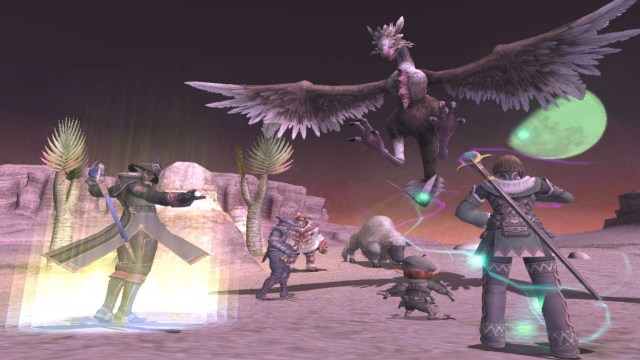
While many people rightfully think of Final Fantasy XIV when they think “Final Fantasy MMO,” Final Fantasy XI was the series’ first MMO, released for both PlayStation 2 and PC. XI still has quite a large following, with an active community, often made up of players who flock to the game on FFXIV patch days.
While XI is clearly a “first step” for Square Enix, with lower-quality graphics and quality-of-life inconsistencies, it still marks an important directional change for the franchise. No longer strictly a JRPG, Final Fantasy was by this time not synonymous with any one genre.
Final Fantasy XII (2006)
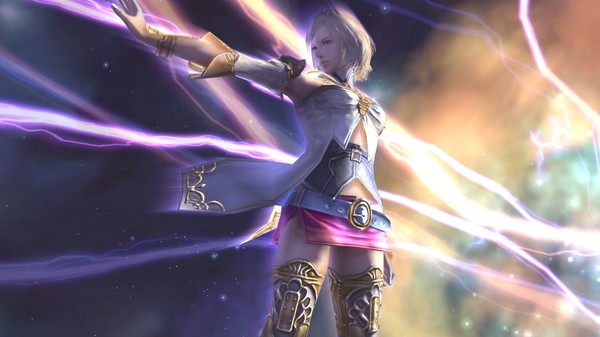
Final Fantasy XII tossed all the previous games’ conventions out the window. Released originally for the PlayStation 2 with subsequent versions for the PlayStation 4, rather than including what by this time were JRPG conventions, including random encounters and strictly turn-based combat, XII once again took the series in a completely new direction.
The Active Dimension Battle combat system allows players to control one character at a time and grants bonuses and combos based on their proximity to other characters. Players can choose whether they want to interact with enemies rather than being forced into random encounters while exploring the world of Ivalice.
These modern updates, alongside interesting characters and a great story, made for a winning title.
Final Fantasy XIII (2009)
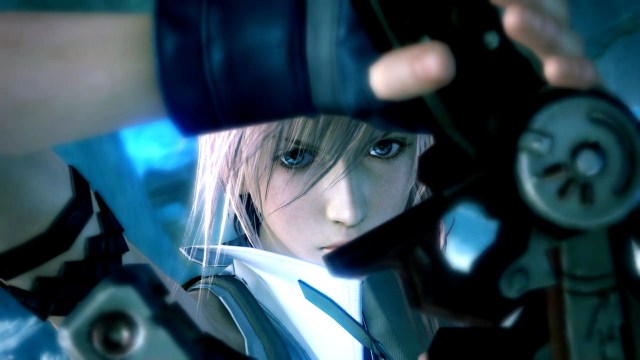
Final Fantasy XIII was the first game in the franchise to be released on the PlayStation 3, with a new ceiling for graphic capability. Yet unlike many previous series entries, there’s nothing too special about Final Fantasy XIII’s story. In fact, it’s downright incomprehensible, leading many players to ignore it altogether.
Where the game really shines is its Command Synergy Battle system, which is faster-paced and more engaging than traditional games’ Active Time Battle mechanics. While its reviews are more solidly mixed than other Final Fantasy games, it’s a good example of how the series has been brought into the modern era.
Final Fantasy XIV (2010, 2013)
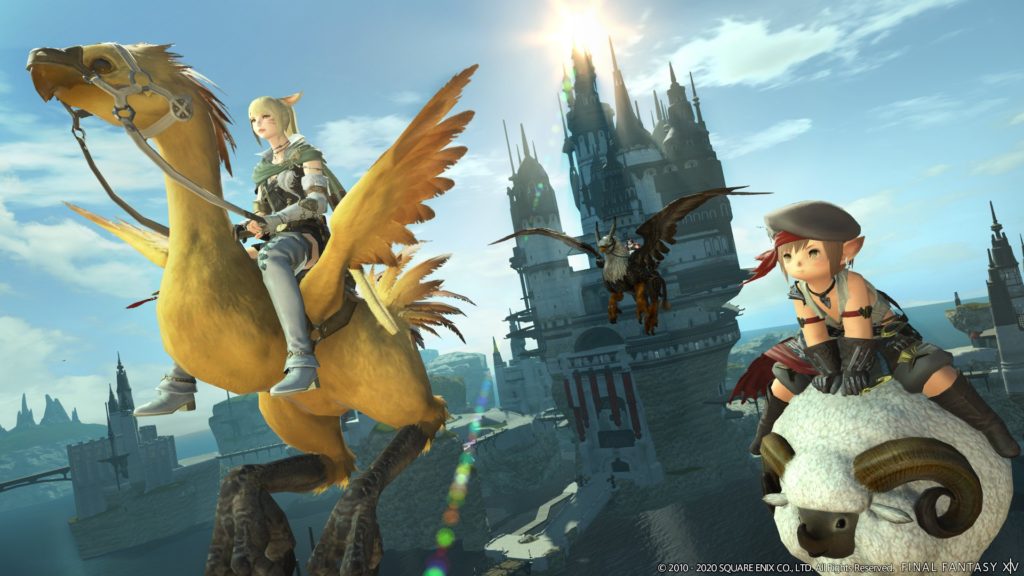
This is the Final Fantasy that most modern players are probably familiar with. Final Fantasy XIV has exploded in popularity in the last few years, bringing Square Enix a significant amount of notoriety. While the game has certainly had its missteps, it’s still incredibly special for the way it combines traditional Final Fantasy archetypes like jobs, classes, and Chocobos with modern-day MMO raids and community activities.
The original version of Final Fantasy XIV was released as a sort of “test drive” in 2010, followed by a full version with a completed first story arc in 2013. Final Fantasy XIV is one of the franchise’s true triumphs. The next major expansion to the game will be FFXIV: Dawntrail, coming in 2024.
Final Fantasy XV (2016)
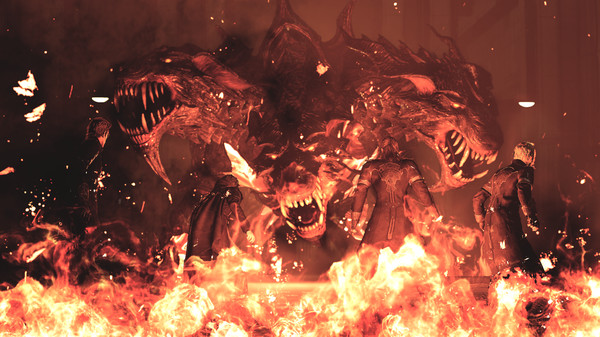
Final Fantasy XV caught a lot of flak after it was revealed, yet it ended up truly exceeding expectations. Players came to care about the main character Noctis and his band of merry men quite a bit along the way.
The game was released for the PlayStation 4 in 2016 and PC in 2018. Like Final Fantasy VIII, XV focuses on a more realistic setting and attempts to explore its characters more deeply than previous series entries. While it’s different from almost every other title on this list, it’s once again indicative of the series and Square Enix’s ability to mold itself into many different forms.
Final Fantasy XVI (2023)
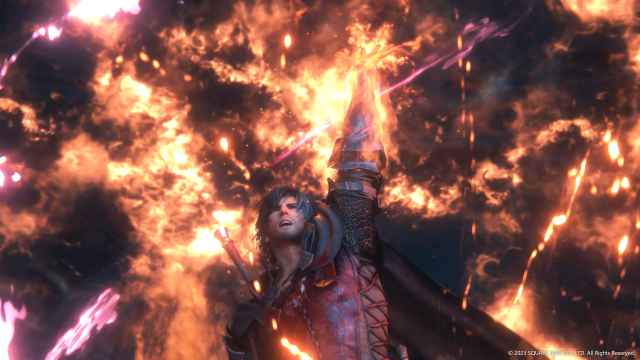
Final Fantasy XVI is the series’ latest numbered installment, released for the PlayStation 5 in the summer of 2023. The game yet again takes a new direction, following closer to the style of an ARPG than an RPG or JRPG. Nevertheless, Square Enix has shown yet again its ability to adapt to different forms of content and still produce a masterpiece.
Final Fantasy XVI is currently only available on the PlayStation 5 after being announced at the console’s 2020 showcase event.


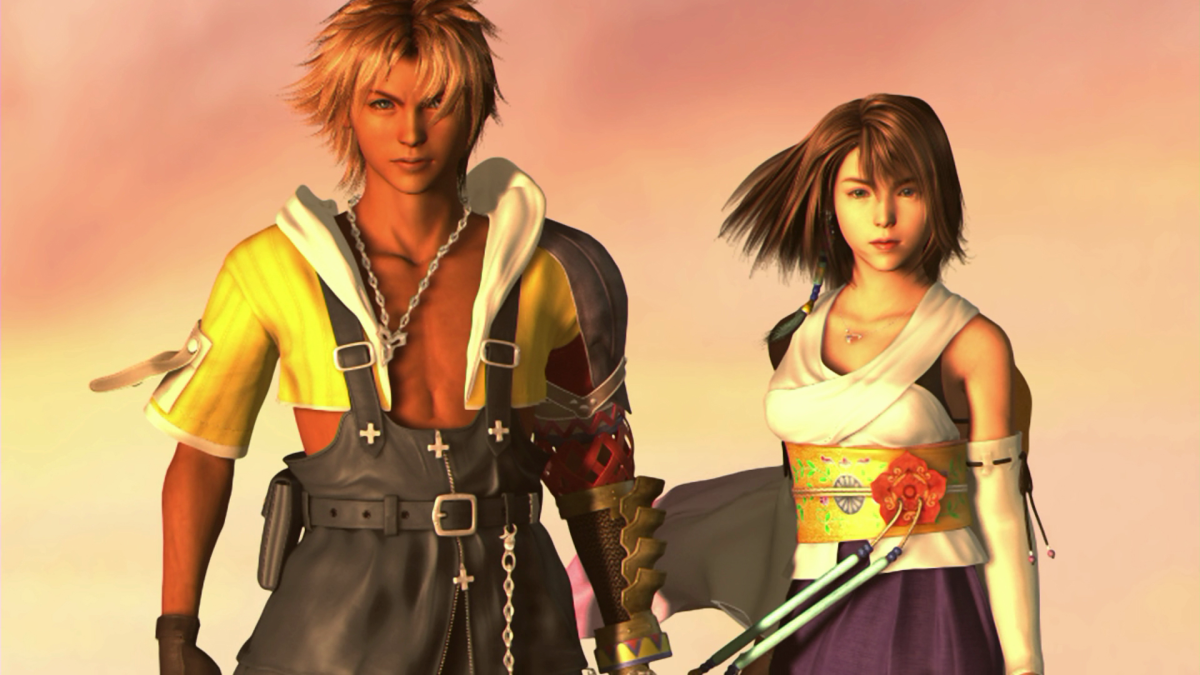

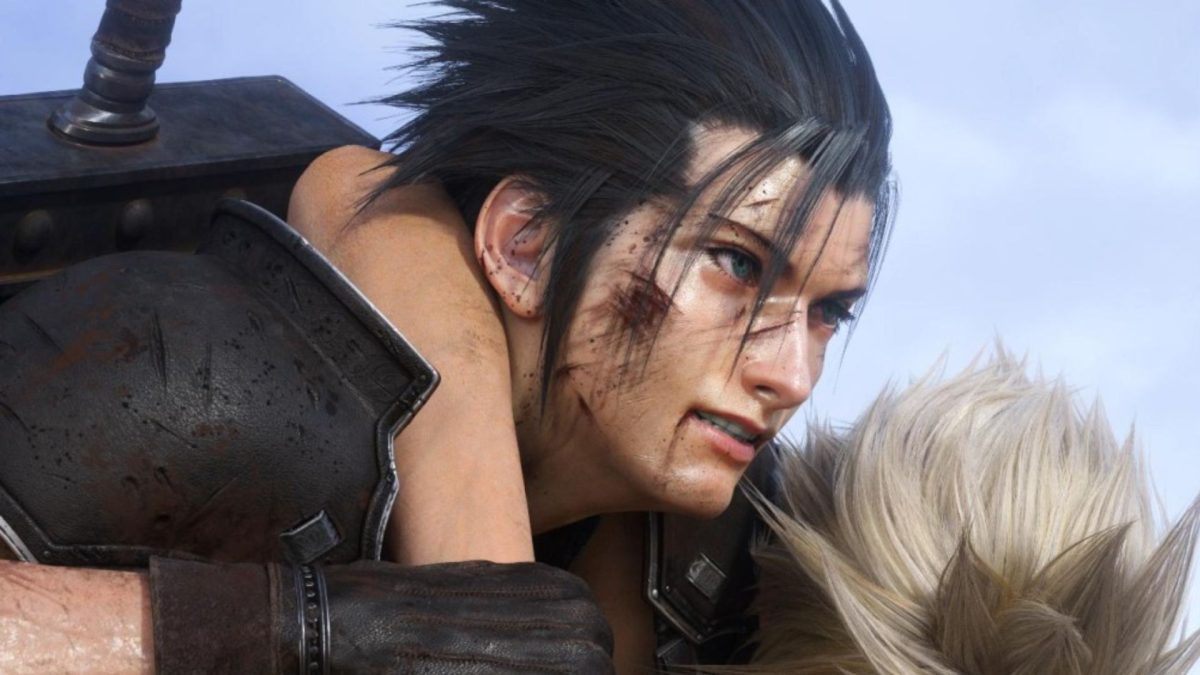
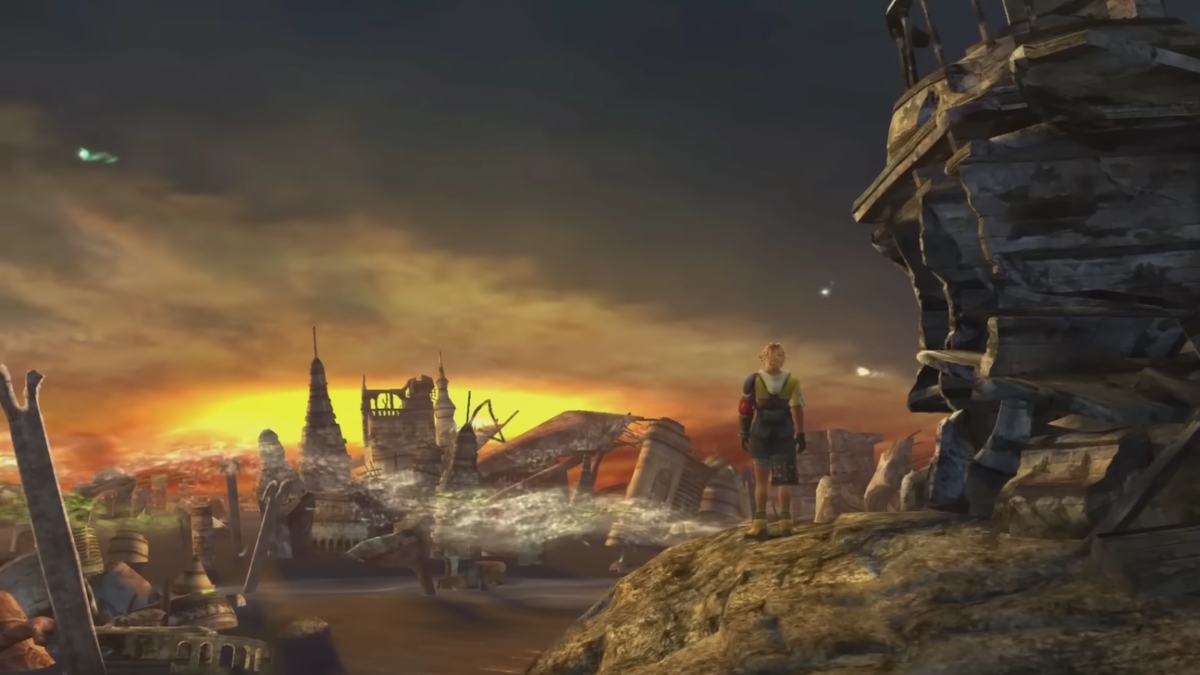
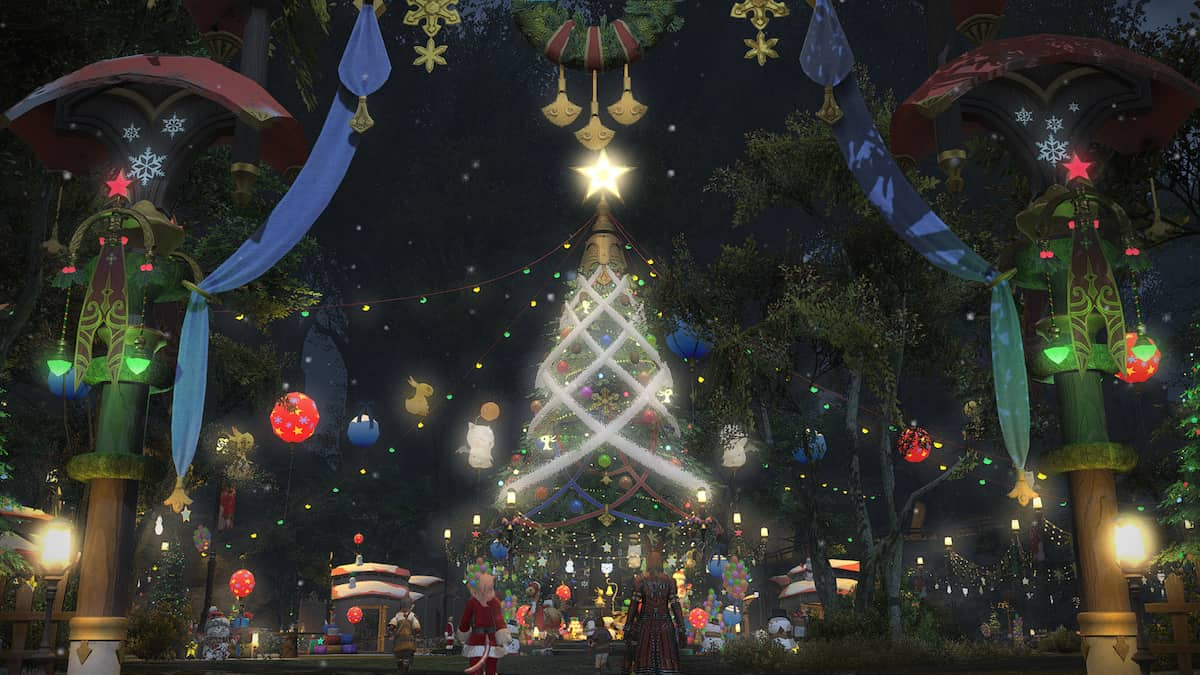
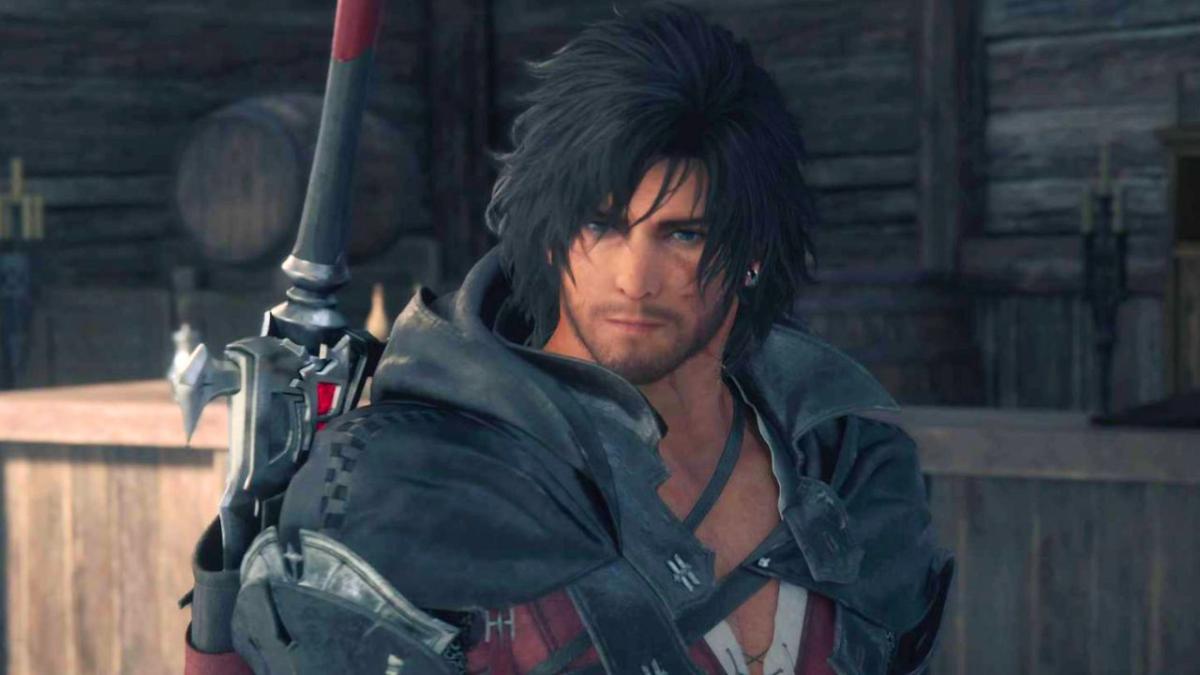
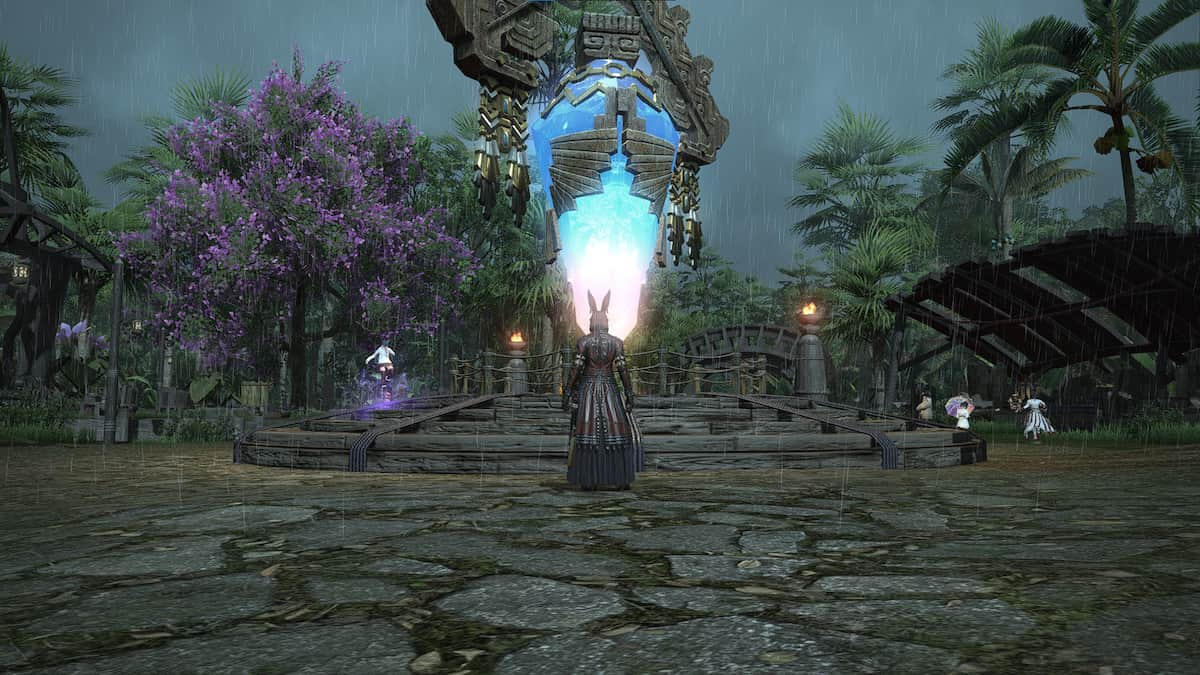
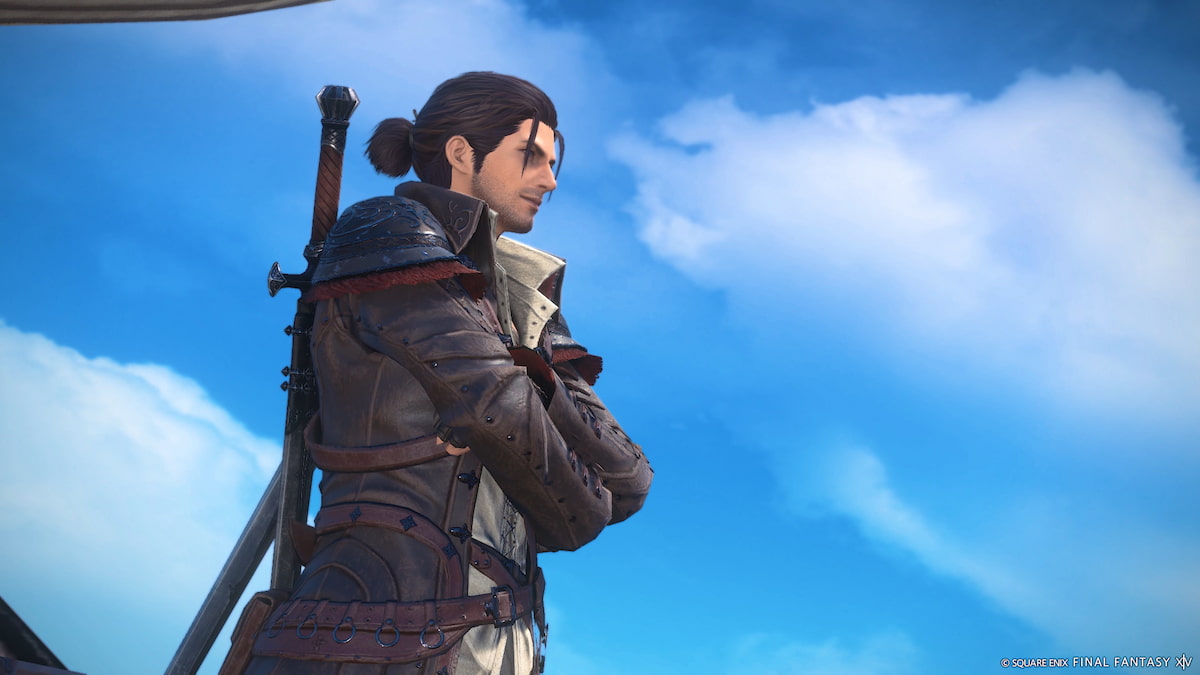
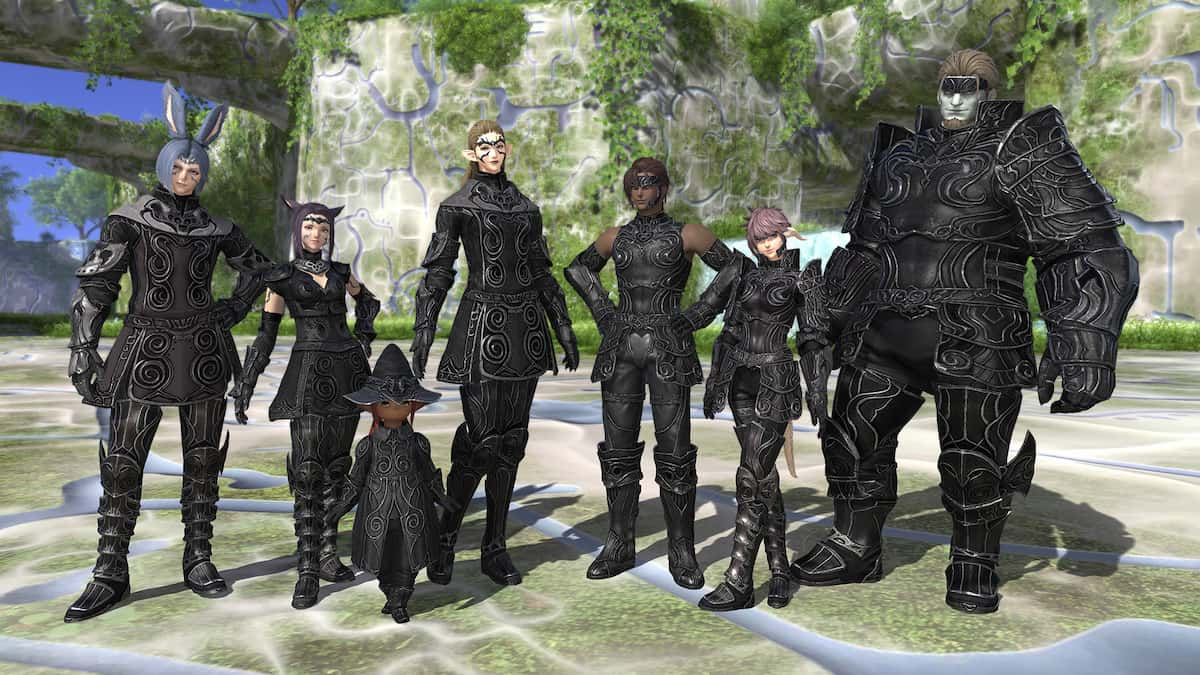
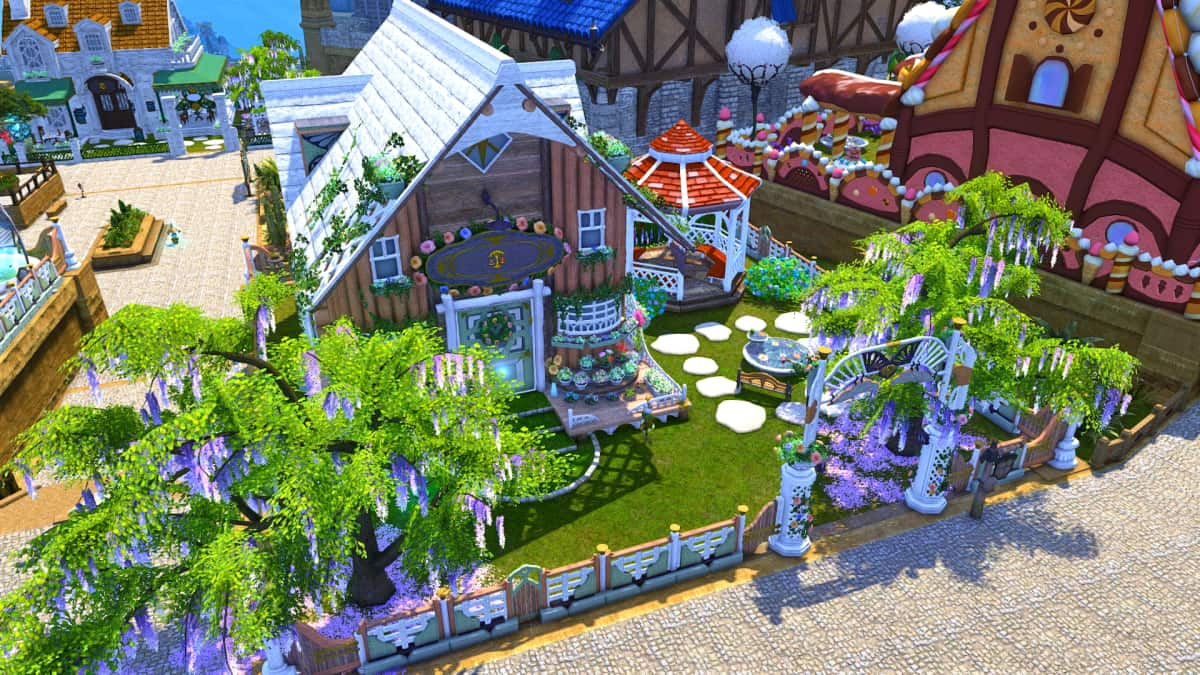
Published: Jan 20, 2024 12:41 am